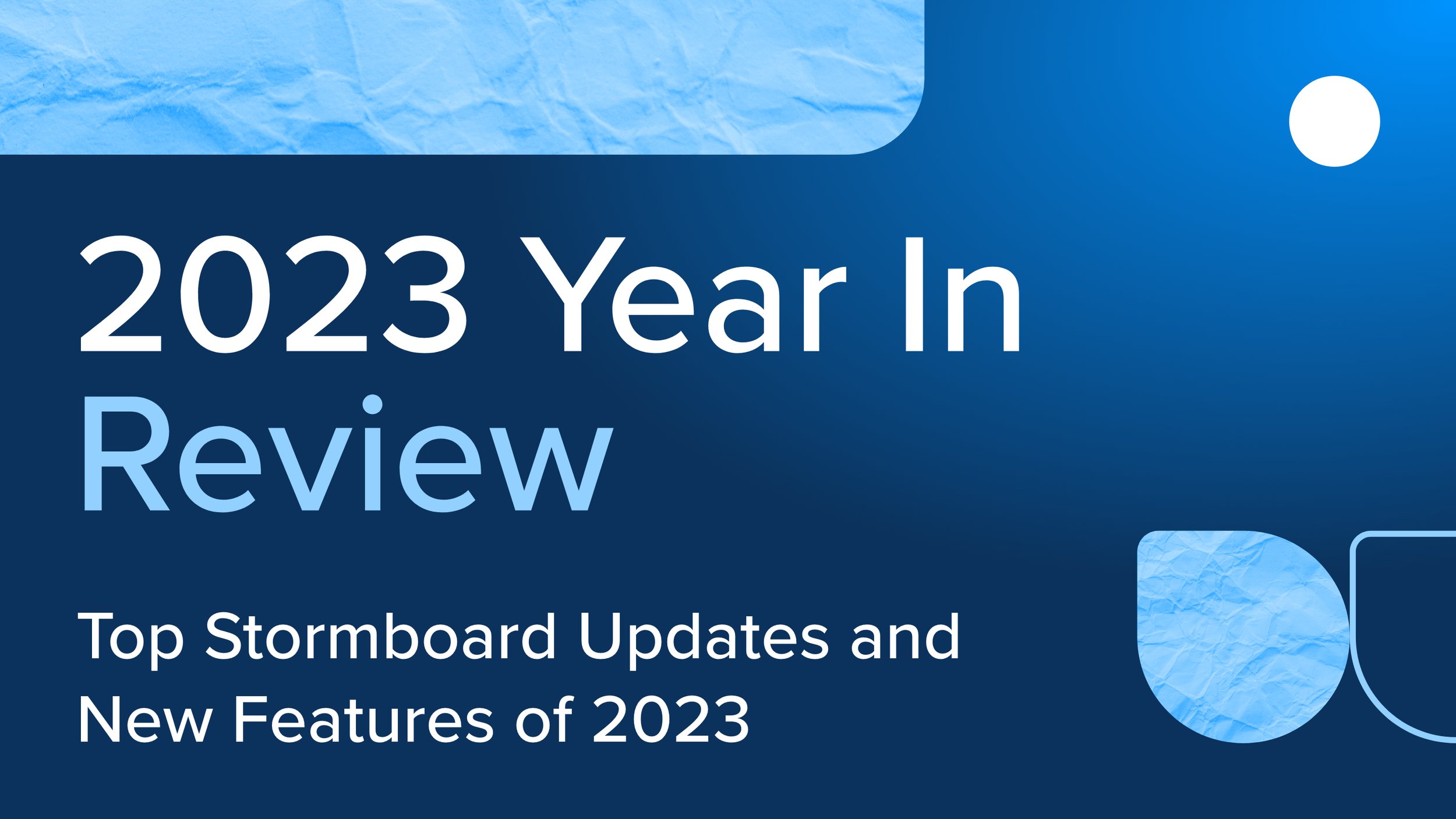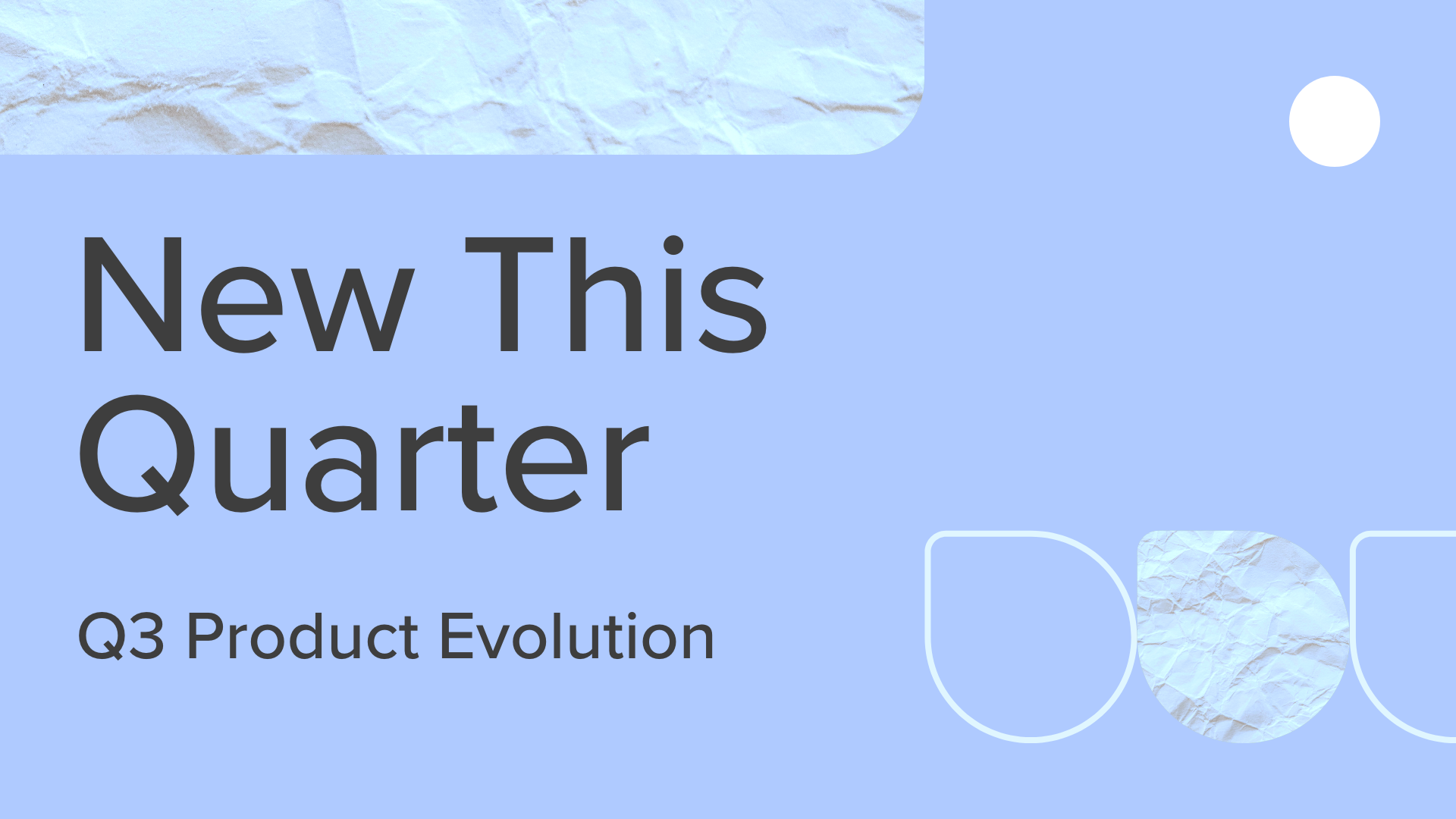Data Mining 101: An Introduction to Data Mining for SAAS Companies
Data mining is the process of converting a large amount of overwhelming, unusable data into smaller chunks of readable data. Data mining simplifies and sifts through data and assists users with decision making and comprehending information. The concept of data mining originated in the early 1990s, but there are some reports of it being used before that.
There are two types of data mining that help companies compile and assess data:
Predictive analytics helps to assess future patterns. It predicts future trends and assesses based on the probability of certain occurrences happening.
Descriptive analytics focuses on historical, or past data to better understand what has previously occurred. This is mostly helpful in situations of fraud.
Predictive analytics relies most strongly on statistics and forecast techniques, whereas descriptive analytics reads stored data. Data mining experts consider predictive analytics to be proactive while descriptive analytics to be reactive.
There are several different data mining software options on the market. However, the most commonly referenced are Rapid Miner, Oracle Data Mining, and IBM SPSS Modeler.
Several different data mining techniques may be used depending on the goals and desired outcomes of the company.
Most commonly used are:
Association
Finding a pattern or correlation between two sets of data.Classification
Classifying, or grouping, data into predetermined classes to determine behavior.Cluster Analysis
Separating dissimilar clusters and joining similar clusters using the Hierarchical Agglomerative method, Partitioning method, Model-Based Method, Grid-Based Method, or Density-Based Method.Prediction
By using other data mining methods (such as classification), the data miner will predict the data based on the trends of past data.Pattern Tracking
Identifying frequent or common patterns that occur within the data over a certain period.Decision Trees
Using a tree-like structure and flow chart, a decision tree is utilized to organize data. Decision trees feature internal nodes, branch denotes, terminal notes, and topmost nodes to display data.Anomaly Analysis
Anomaly, or outlier, analysis, identifies unusual behavior within data.Neural Network
The neural network uses three pillars (model, learning algorithm, and activation function) to identify the relationship between input and output of data.
What are the uses of data mining in a SAAS company?
Data mining is useful for all companies, as it provides business owners with statistics and concrete analytics that give insight into how the business is performing and how their financial trends are increasing or decreasing. However, SAAS companies may find data mining especially useful, as they don’t have the foot traffic that other companies may have.
SAAS companies will find the following data mining information most useful:
Average Revenue Per Account (ARPA)
The ARPA allows business owners to identify the profits that the company is making per customer. This gives a birds-eye view into which customers feel comfortable investing more money into the software and which are higher-risk customers that need more attention.
Load Velocity Rate
The Load Velocity Rate metric displays the percentage of growth from the quality of leads and their month-to-month fluctuations. This allows SAAS business owners to better understand their sales team and make changes and improvements accordingly depending on where they are falling flat. If the quality of leads is decreasing, the SAAS business may want to invest in better advertising or media. However, if the quality of leads is increasing with conversion decreasing, the sales funnel may need to be altered.
Customer Health Score
The customer health score measures the risk of each customer and what the chances are that they will cancel their subscription. It takes into consideration recent trends and behavior from each customer. This allows the software company to pay more attention to high-risk customers and try to maintain long-lasting customer relationships and steady client care.
Product Engagement Score
The product engagement score allows the SAAS business owner or data collector to see what products get the most engagement. For SAAS businesses that offer different software products, this is especially helpful to determine what products are getting the most buzz. This can assist the business in determining where to push more advertising dollars or what products are their hot ticket items.
Conclusion
All businesses benefit from comprehensive data mining — it’s an essential component of a successful business model. However, since SAAS companies don’t offer concrete products or services, having these metrics as testimonials is a great sales strategy for new clients.
Furthermore, data mining also allows SAAS companies to better tailor their software to meet the needs of past, present, and potential future customers. With such comprehensive data collection, SAAS companies can better understand the trends of their customers and how to meet their needs.
Are you planning on data mining remotely? Stormboard will allow you to gather all of your data in one space, and then organize and group the data together with your team. Once all of your data is gathered, you can vote on the most relevant, create separate Storms for data storage and actionable data, and more!
Sign up for a free trial here and learn more about our hundreds of templates here.
About the Author
Celina Dawdy is a freelance writer in Edmonton, Alberta. When she isn’t writing, she’s volunteering and spending time with her three dogs.












